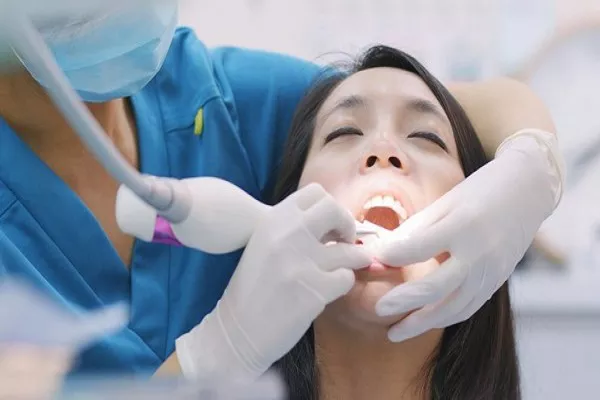After undergoing wisdom teeth removal, patients are often provided with a variety of post-operative care items to help manage pain, reduce swelling, prevent infection, and promote healing. These items play a crucial role in ensuring a smooth recovery process and minimizing discomfort. In this article, we’ll explore the common supplies and medications given to patients after wisdom teeth removal, providing insights into how each contributes to the healing journey.
1. Pain Medication
Pain is a common concern following wisdom teeth removal, and patients are typically prescribed pain medication to manage discomfort during the recovery period. Commonly prescribed pain medications may include:
Nonsteroidal anti-inflammatory drugs (NSAIDs): Medications such as ibuprofen (Advil, Motrin) or naproxen (Aleve) are often recommended to reduce pain, inflammation, and swelling. These medications can help alleviate mild to moderate discomfort and are usually taken on a scheduled basis for the first few days after surgery.
Prescription pain relievers: In some cases, patients may be given stronger pain medications such as opioids (e.g., hydrocodone, oxycodone) to manage severe pain that cannot be adequately controlled with over-the-counter NSAIDs. These medications are typically used for short-term pain relief and may be associated with side effects such as drowsiness, nausea, and constipation.
2. Antibiotics
To prevent infection and promote healing, patients may be prescribed antibiotics following wisdom teeth removal, particularly if there is a higher risk of infection due to factors such as impacted teeth or compromised immune function. Antibiotics are typically taken for a specified duration as directed by the dentist or oral surgeon to help prevent bacterial overgrowth and reduce the risk of post-operative complications.
3. Oral Rinse
Patients may be instructed to use an antimicrobial oral rinse or mouthwash to help keep the surgical sites clean and reduce the risk of infection. These rinses may contain ingredients such as chlorhexidine or saline solution and are typically used as directed by the dental care provider, often starting the day after surgery.
4. Gauze
Gauze pads or sponges are commonly provided to patients to control bleeding and protect the surgical sites immediately following wisdom teeth removal. Patients are instructed to bite down gently on the gauze pads for a specified duration to apply pressure to the extraction sites and promote blood clot formation. After the bleeding has subsided, patients may be advised to discard the gauze and avoid further manipulation of the surgical sites.
5. Ice Packs
Ice packs or cold compresses are often recommended to reduce swelling and numb the surgical area, providing relief from discomfort in the days following wisdom teeth removal. Patients are instructed to apply ice packs to the cheeks outside the surgical sites for short intervals, typically 20 minutes on and 20 minutes off, to minimize swelling and inflammation.
6. Soft Foods and Beverages
Following wisdom teeth removal, patients are advised to stick to a soft diet consisting of easy-to-chew foods and beverages to prevent irritation to the surgical sites and facilitate healing. Examples of soft foods include yogurt, applesauce, mashed potatoes, soups, smoothies, and protein shakes. Patients should avoid hard, crunchy, or spicy foods that may irritate the extraction sites or disrupt blood clot formation.
7. Instructions for Home Care
In addition to providing medications and supplies, dental care providers typically give patients detailed instructions for post-operative care and home management. These instructions may include:
How to properly clean and care for the surgical sites, including gentle rinsing with warm saltwater and avoiding vigorous brushing or flossing near the extraction sites.
Tips for managing pain and swelling, such as applying ice packs, taking prescribed medications as directed, and resting with the head elevated to reduce swelling.
Signs and symptoms of complications to watch for, such as excessive bleeding, severe pain, persistent swelling, or signs of infection, and when to contact the dental care provider for further evaluation.
Conclusion
In conclusion, patients undergoing wisdom teeth removal can expect to receive a variety of medications and supplies to help manage pain, reduce swelling, prevent infection, and promote healing during the recovery process. These may include pain medication, antibiotics, oral rinses, gauze, ice packs, soft foods and beverages, and instructions for home care. By following the guidance of their dental care provider and adhering to post-operative instructions, patients can minimize discomfort, reduce the risk of complications, and facilitate a smooth and successful recovery after wisdom teeth removal.
How Long Does Wisdom Teeth Removal Take For All 4
What Type Of Wisdom Tooth Is Easiest To Remove
How To Ease Wisdom Tooth Removal Pain



























